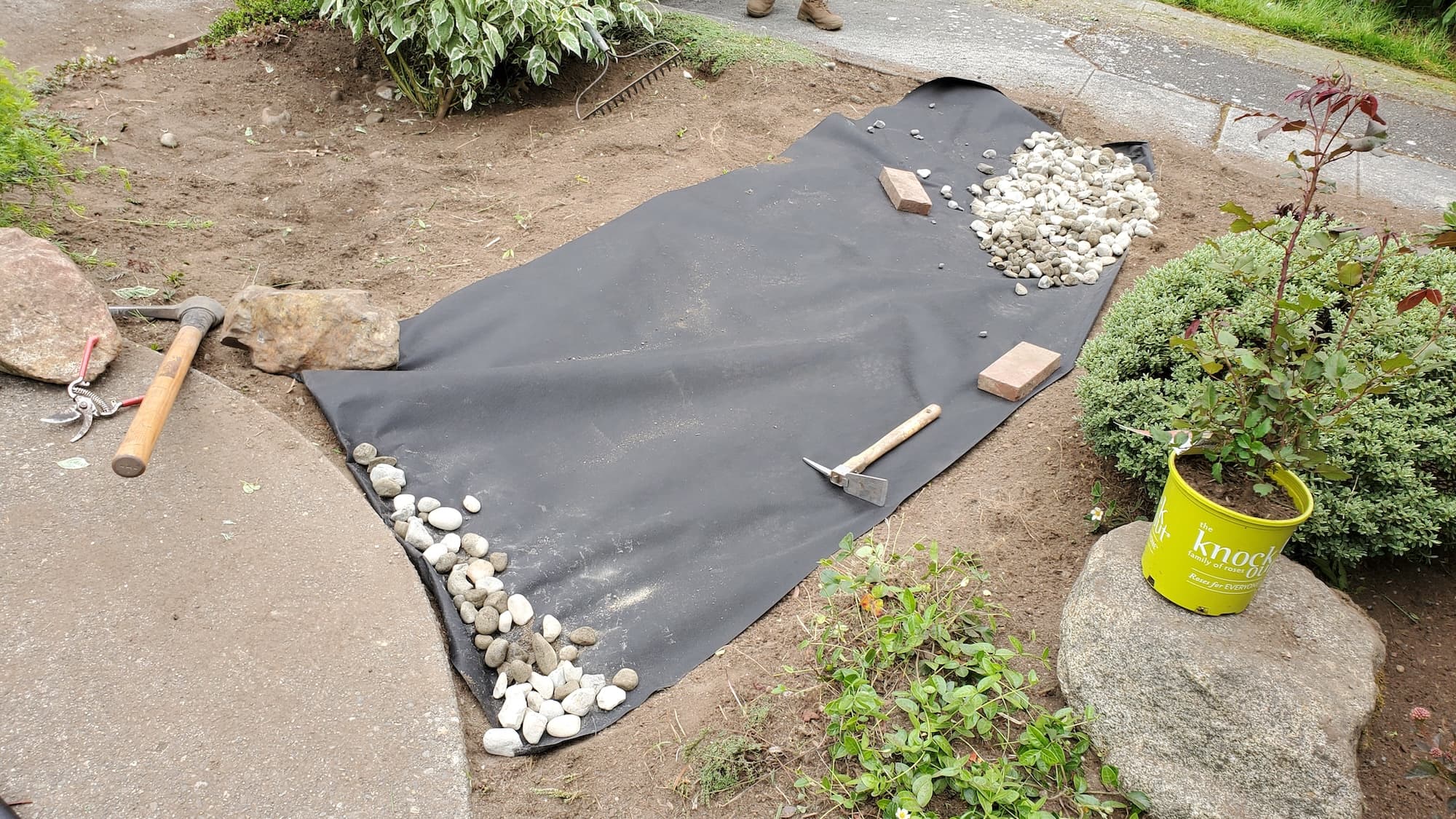Beacon Hill Slope Stabilization Services
Hello, Beacon Hill neighbors! If you’ve got a sloped yard with those pesky clay soils and the winter rains are wreaking havoc, you’re not alone. At Neat & Tidy Landscaping, we’re here to help you manage that slope effectively with drainage solutions, native vegetation, and durable structures to keep your hillside intact and enjoyable.
What’s the Problem?
As a Beacon Hill homeowner, you might be dealing with:
- Seasonal erosion, rills, or scars after heavy rains.
- Bare slopes that sprout weeds instead of deep-rooted plants.
- Downspouts directing water right onto your slope, creating unwanted runoff.
- Worn timber edges or loose rocks that are losing their battle against gravity.
- Temporary solutions like fabric and mulch that wash away easily in storms.
What We Build (function first, aesthetics second)
Here’s how we create effective solutions tailored for your Beacon Hill property:
- Drainage Controls — Installing intercept swales, French drains, and splash pads to redirect water flow safely.
- Erosion-Control Surfaces — Utilizing jute/coconut (coir) netting, straw wattles, and coir logs to manage water flow.
- Vegetated Stabilization — Planting deep-rooted, PNW-native shrubs and groundcovers in a strategic grid pattern, plus live stakes in wetter areas.
- Rockeries & Small Retaining Walls — Constructing gravity rockeries and low walls (under 4 feet) with proper drainage.
- Terracing & Access Paths — Creating landings, hillside steps, and safe paths for easy maintenance of your slope.
Note: If you need a tall retaining wall or live in an ECA (Environmentally Critical Area), you may need to consult a geotechnical engineer. We’ll guide you through it!
Our Method (why it actually holds)
We ensure your slope remains stable through a careful process:
- Assess Water & Soil — We evaluate the slope’s grade, soil type, existing water sources, and neighbor contributions.
- Control Water Inputs — Diverting roof water into solid piping and ensuring proper outlets.
- Stabilize the Surface — Applying coir/jute and wattles along the contour and planting directly through the netting.
- Planting for Stability — Using layered natives like salal, evergreen huckleberry, and deer ferns, grouped closely to enhance stability.
- Right-Sized Structures — Building rockeries and low walls with proper bases and drainage systems.
- Finish for Maintenance — Establishing access steps and anchoring mulch securely under netting.
Quick Specs We Aim For
- Netting: 7–8 oz coir/jute pinned every 18–24 inches; overlaps 6–12 inches.
- Wattles/Coir Logs: Positioned on contour 10–20 feet apart and staked at 3–4 feet intervals.
- Plant Density: 1–1.5 plants per square foot for groundcover; 3–5 feet stagger for shrubs; live stakes 18–24 inches apart in wet areas.
- Mulch: 2–3 inches of fine bark under netting on steep sections; avoid loose rock on fast slopes.
- Drain Fall: Target ~1% (⅛ inch per foot) minimum on drainage lines.
Reality Checks (no sugar-coating)
Let’s be honest:
- Water wins. If not redirected, it will find a path you don’t want.
- Fabric on bare clay with mulch is not stabilization; it’s a temporary fix.
- Removing large trees can destabilize soil; consider pruning or underplanting instead.
- Large walls need proper design; we don’t just stack materials and hope for the best.
Our Annual Maintenance Plan
To keep your slope in tip-top shape, we offer:
- Storm Season Checks — Inspecting wattles, pins, and inlets after the first big rains.
- Vegetation Establishment — Hand-watering deep roots in the first year and focusing on hotter areas.
- Weed & Invasive Control — Monitoring for invasive species to maintain a healthy native canopy.
- Edge & Access Upkeep — Ensuring paths and steps remain safe and accessible.
Our goal is low-maintenance landscaping to minimize your headaches between visits!
Service Cadences
- Quarterly — Ideal for pre-storm preparation, seasonal checks, and summer tidying.
- Bi-Monthly — Recommended for active slopes, new installations, or properties with heavy water inputs.
(New builds typically start monthly for 60–90 days, then taper off.)
What Annual Maintenance Includes
- Cleaning out inlets/outlets and ensuring clear drainage paths.
- Re-pinning netting/wattles and replacing any that have been dislodged.
- Topping up mulch where needed and ensuring it’s raked back from plant stems.
- Pruning and filling in plants to meet density targets.
- Providing photo updates and a slope log for tracking progress.
Why Annual Maintenance Matters
- Prevents rills from developing into costly gullies.
- Promotes strong roots — dense cover outcompetes weeds and prevents erosion.
- Protects paths & patios below the slope from damage.
- Saves money — proactive maintenance avoids expensive repairs down the line.
How It Works
- Free Estimate — We can do a quick walkthrough or review your photos for straightforward pricing.
- Plan & Permits — We develop a drainage plan, select materials, and create a plant palette, flagging any ECA/engineering needs.
- Build Day(s) — We start with drainage, then install stabilization layers, and finish with planting and access paths.
- Follow-Up — We provide a watering and establishment guide along with a tailored maintenance schedule.
Why Beacon Hill Chooses Neat & Tidy
- We’re a local team that understands Beacon Hill’s unique landscape and weather patterns.
- Licensed & insured; we adhere to all local regulations and permit requirements.
- Transparent pricing — all labor, materials, and disposal costs are included.
- We pride ourselves on clean, respectful work (no debris left behind!).
- Our green-first approach emphasizes native plants, effective drainage, and minimal waste.
Ready to make that hill behave?
Call or text Neat & Tidy today for a slope plan that redirects water, nurtures roots, and keeps your landscape stable. Let us handle it so you can enjoy your beautiful Beacon Hill home worry-free!










